The idea of the vertical university is to create a “living classroom” in the form of a 25,000-foot continuous vertical forest corridor stretching from Koshi Tappu (220 feet), Nepal’s largest aquatic bird sanctuary, to Mt. Kanchenjunga (28,169 feet), the world’s third tallest peak. This vertical corridor is a vessel to teach and
conserve the 6,600 flowering plant species, 800 bird species and 180 mammals that are found in eastern Nepal. In an exceptionally biodiverse and culturally rich country like Nepal, conventional education paradigms where students sit in a stationary classroom, divorced from their surroundings, make little sense.
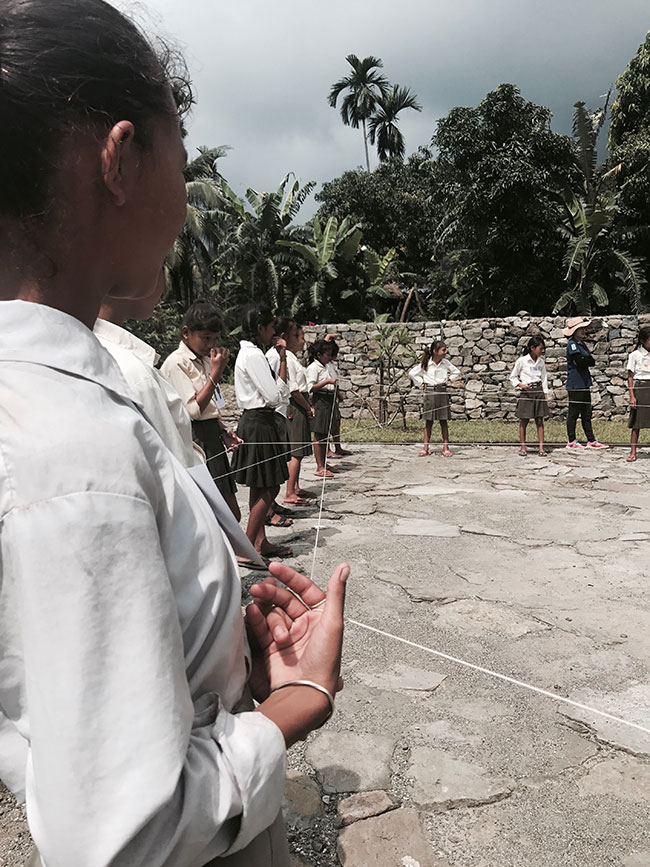
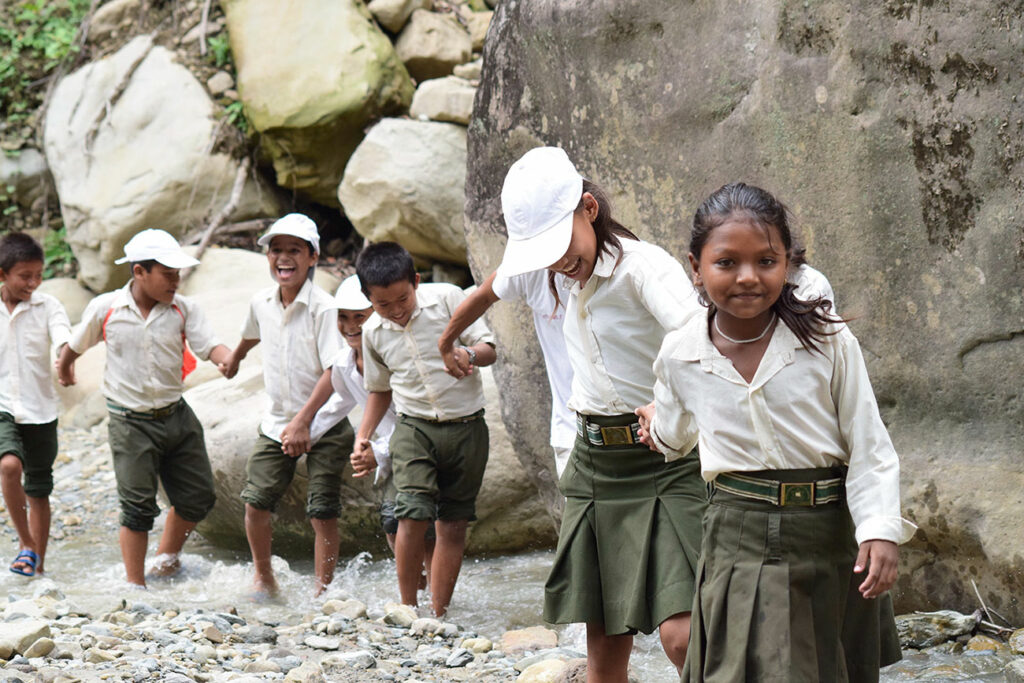
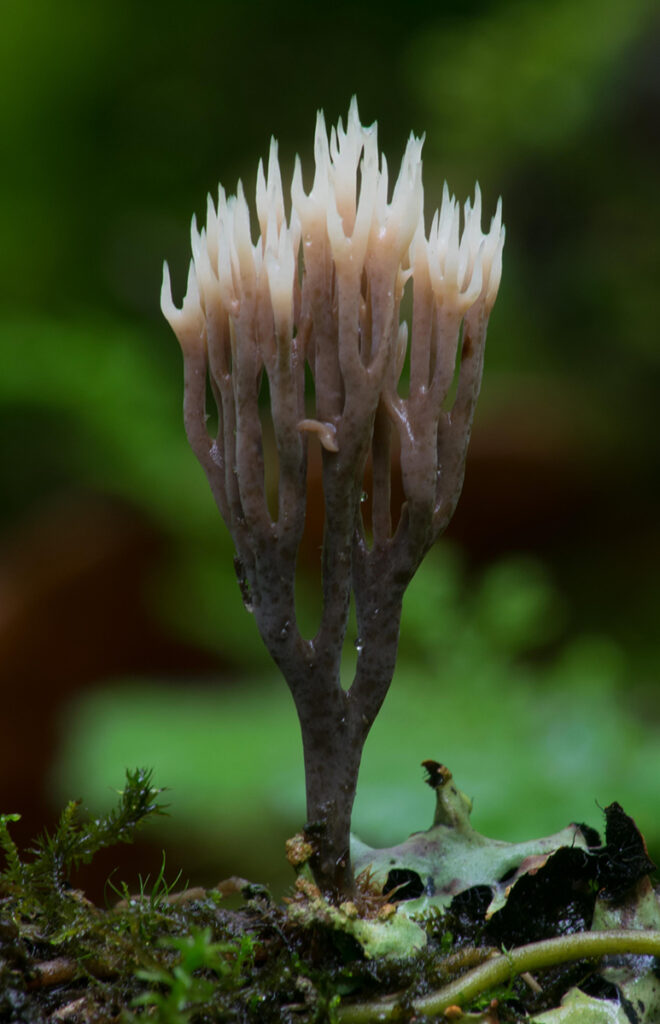
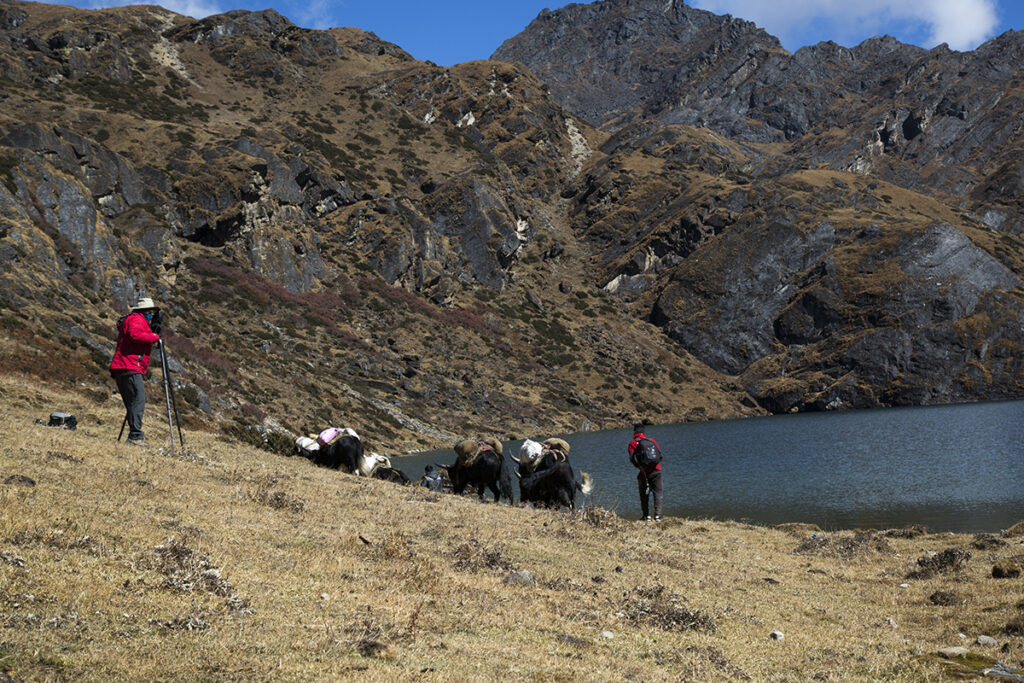
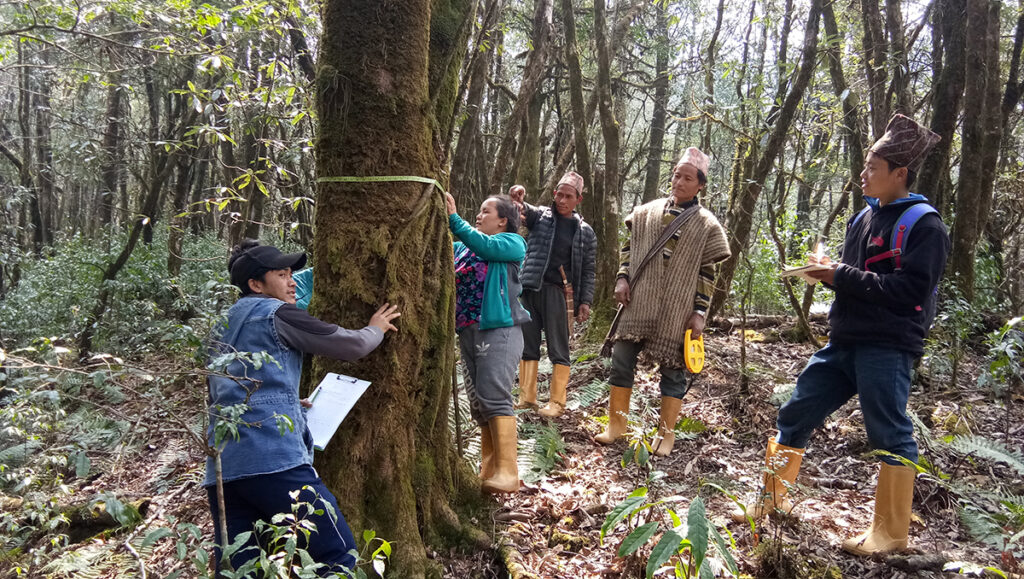

team@otterfonds.com

team@otterfonds.com
